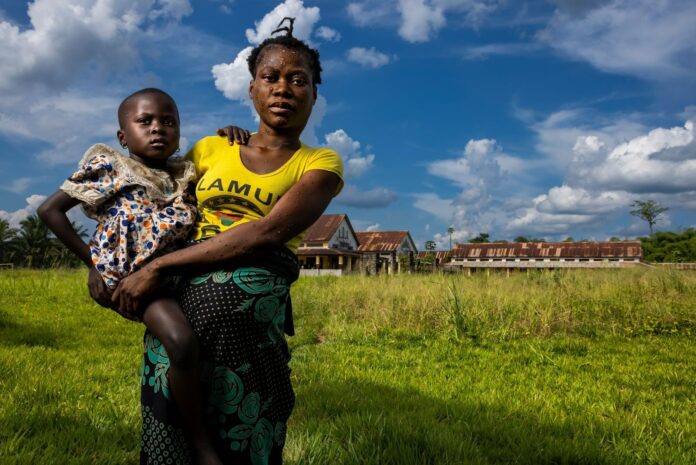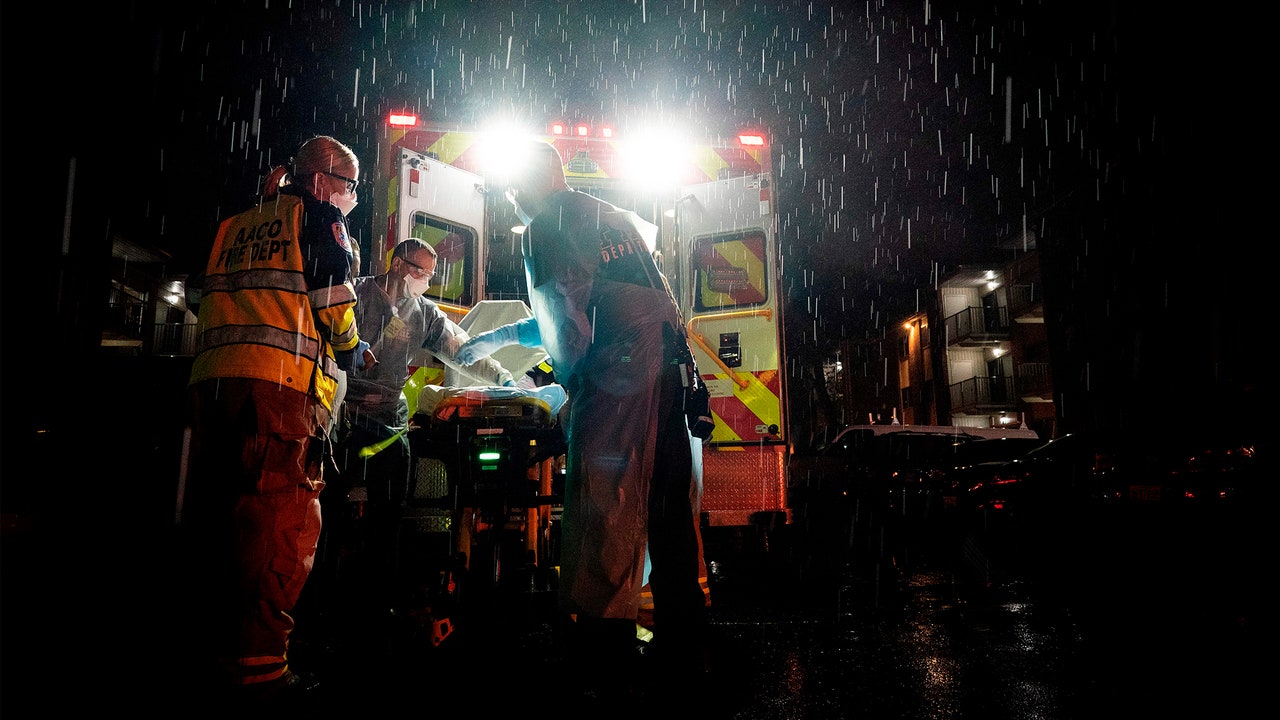
Monkeypox, a smallpox-related viral disease with two known variants, was named in 1958 after it was identified in a colony of research monkeys in a laboratory in Copenhagen, Germany. (Scientists think rodents, not primates, are the main reservoir for the disease.)
The mildest form of the disease is Clade II, also known as the West African variant, which went global this May. To date, it has infected more than 70,000 people, killing at least 26, in more than a hundred countries and territories, with the overwhelming majority being gay men. Cases are declining, thanks to vaccinations and changes in sexual behaviour.
Meanwhile, another variant— ten times deadlier—is smouldering in Central Africa.
The Africa Centres for Disease Control reports that the majority of the 3,500 suspected Clade I (or Congo Basin strain) cases this year, including more than 120 deaths, are in the DRC. Nigeria, where the Clade II outbreak began, has had about 700 suspected cases, with fewer than 10 fatalities.
Health experts National Geographic consulted about the steady rise of the Clade I variant in Central Africa say countries should be concerned about its threat to global communities and take stronger action to prevent it and other animal-borne diseases from blazing around the world.
“If the West African strain can spread to Europe, America, and other parts of the world, the more virulent and pathogenic Congo Basin strain can also go there,” says infectious disease expert Dimie Ogoina at Niger Delta University, in the southern part of Nigeria. “International health stakeholders must be deliberate to help address monkeypox and other diseases in Africa. Because if we don’t do this, it will come back to haunt us.”
Unheeded warnings
Ogoina knows a thing or two about monkeypox: He’s the paediatrician who in September 2017 confirmed the disease in an 11-year-old boy—Nigeria’s first case of human monkeypox in almost 40 years. He’s also the researcher who warned, four years ago, that there appeared to be an alarming change not only in how the virus was transmitted but also in who was getting infected.








